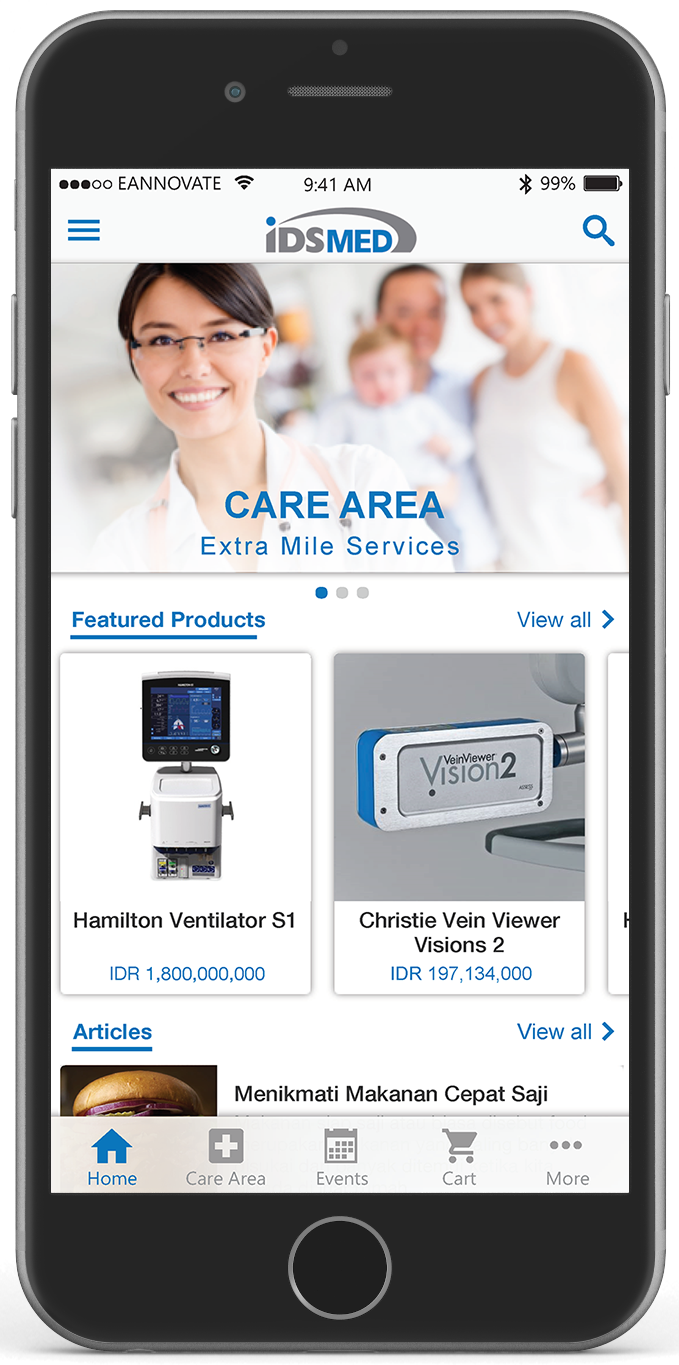Many chronic renal diseases lead to the final common state of decrease in kidney size,
parenchymal atrophy,
sclerosis and
fibrosis. Ultrasonography of the kidneys is essential in the diagnosis and management of renal diseases. The kidneys are easily examined, and most pathological changes in the kidneys are distinguishable with ultrasound.
A renal ultrasound is a safe and painless test that uses sound waves to make images of the kidneys, ureters, and bladder. Ultrasound may also be used to assess blood flow to the kidneys.
The kidneys are a pair of bean-shaped organs located toward the back of the abdominal cavity, just above the waist. They remove waste products from the blood and produce urine. The ureters are thin tubes that carry the urine from the kidneys to the bladder.
During the examination, an ultrasound machine sends sound waves into the kidney area and images are recorded on a computer. The black-and-white images show the internal structure of the kidneys and related organs.
Doctors order renal ultrasounds when there’s a concern about certain types of kidney or bladder problems. Renal ultrasound tests can show:
- the size of the kidneys
- signs of injury to the kidneys
- abnormalities present since birth
- the presence of blockages or kidney stones
- complications of a urinary tract infection (UTI)
- cysts or tumors
Usually, you don’t have to do anything special to prepare for a renal ultrasound, although the doctor may ask you to fast for several hours before the test.
Procedure
The renal ultrasound will be done in the radiology department of a hospital or in a radiology center. The room is usually dark, so the images can be seen clearly on the computer screen.
A technician (sonographer) trained in ultrasound imaging will spread a clear, warm gel on your abdomen over the kidney area. This gel helps with the transmission of the sound waves. The technician will then move a small wand (transducer) over the gel. The transducer emits high-frequency sound waves and a computer measures how the sound waves bounce back from inside the body. The computer changes those sound waves into images to be analyzed. The procedure usually takes less than 30 minutes.
A radiologist (a doctor who is specially trained in reading and interpreting X-ray and ultrasound images) will interpret the ultrasound results and then give the information to the doctor. You and your doctor will go over the results. If the test results appear abnormal, your doctor may order further tests.
In an emergency, the results of an ultrasound can be available within a short period of time. Otherwise, results are usually ready in 1-2 days. In most cases, results can’t be given directly to the patient or family at the time of the test.
References:















